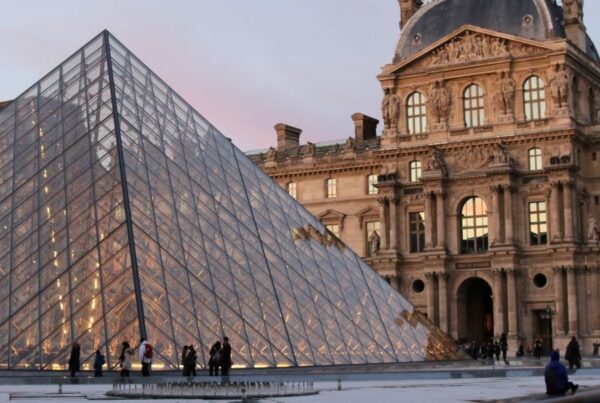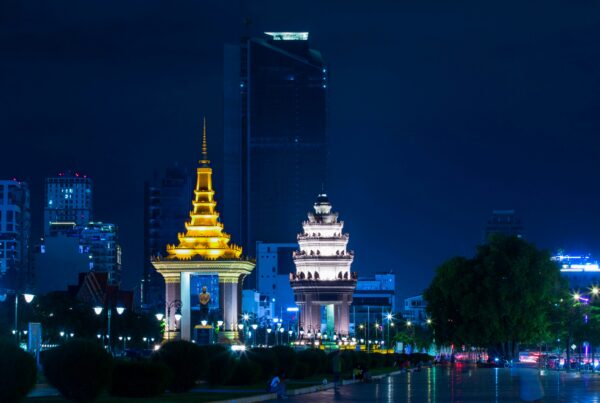France is a country of contrasts. The windswept northern coast is worlds away from the green Loire Valley with vineyards and châteaux everywhere, the French Pyrenees mountains that mark the border with Spain are grand and imposing, and of course the capital city of Paris is a hub for fashion and culture. We’ve explored all over, but for us, the south of France is the area we come back to over and over again. More specifically the Provence region, which is also where the French Riviera is found. Deciding on Provence vs French Riviera is a difficult call as they both have a lot of attractive reasons to visit, so here we’ve broken down the differences to help you create your French adventure.
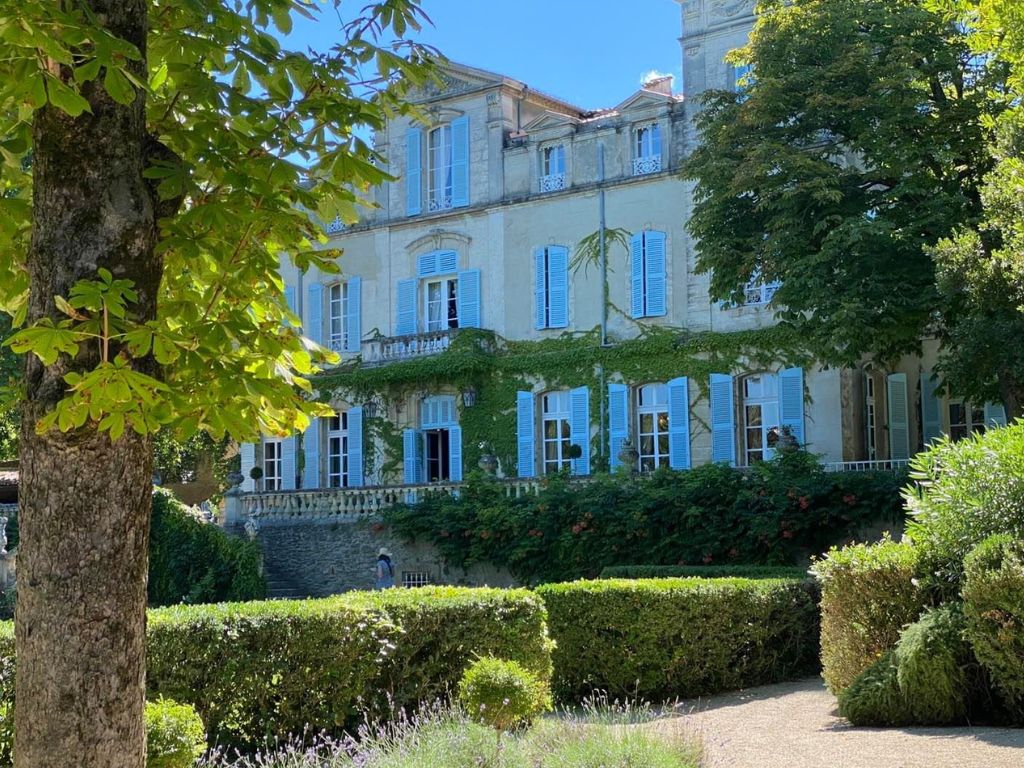
What’s the Difference Between Provence and the French Riviera?
So what differentiates Provence and the French Riviera?
The province of Provence is in the southeastern corner of France, bordering Italy to the east and the Mediterranean along the southern coastline. Home to Marseille, the second-largest city in France after Paris, the region stretches from the Alps across to the banks of the Rhône river so there is a lot to explore.
The French Riviera is located within Provence but has a special character all its own. While the area does not have an official designation, it covers the coastline from the border with Italy down past Nice, Cannes and Saint Tropez along to Toulon. Known in French as the Côte d’Azur, this part of the south of France is known for its spectacular scenery, beautiful beaches and glamorous visitors. The Principality of Monaco is also on this stretch of coast with the iconic city of Monte Carlo.
Even though the French Riviera coastline is technically part of Provence, they are generally seen as different destinations and come with different things to do and see.
Learning About the History of the Region
This part of France has been an important strategic location for a very long time. The very name ‘Provence’ derives from the name given to it by the ancient Romans, who called it Provincia Romana as the first province beyond the Alps. However people have been living here far earlier than the time of the Romans – in 1985 incredible prehistoric cave paintings were found that date from between 27,000 and 19,000 BC.
There is a huge amount of history to explore in the wider Provence region and the French Riviera specifically, but here are some of our favorite things and places to visit:
Discovering the History of the French Riviera
When deciding whether to visit Provence vs French Riviera, historical sites might not be the first thing you think about on the south of France coast. However there is a lot to uncover once you start looking.
One of our top places to visit on the French Riviera is the Fort Carré in Antibes. The city of Antibes is between Nice and Cannes but in the 16th century it was on the border between France and the Duchy of Savoy, an Italian kingdom. Tensions were high and Antibes had been attacked multiple times, so it was decided the port city needed much stronger defences.
The fort was built overlooking the harbor, with a series of ramparts leading up to a magnificent star-shaped structure. Making the climb up those ramparts rewards you with incredible views of the surroundings, and Antibes in general is a lovely place to explore.
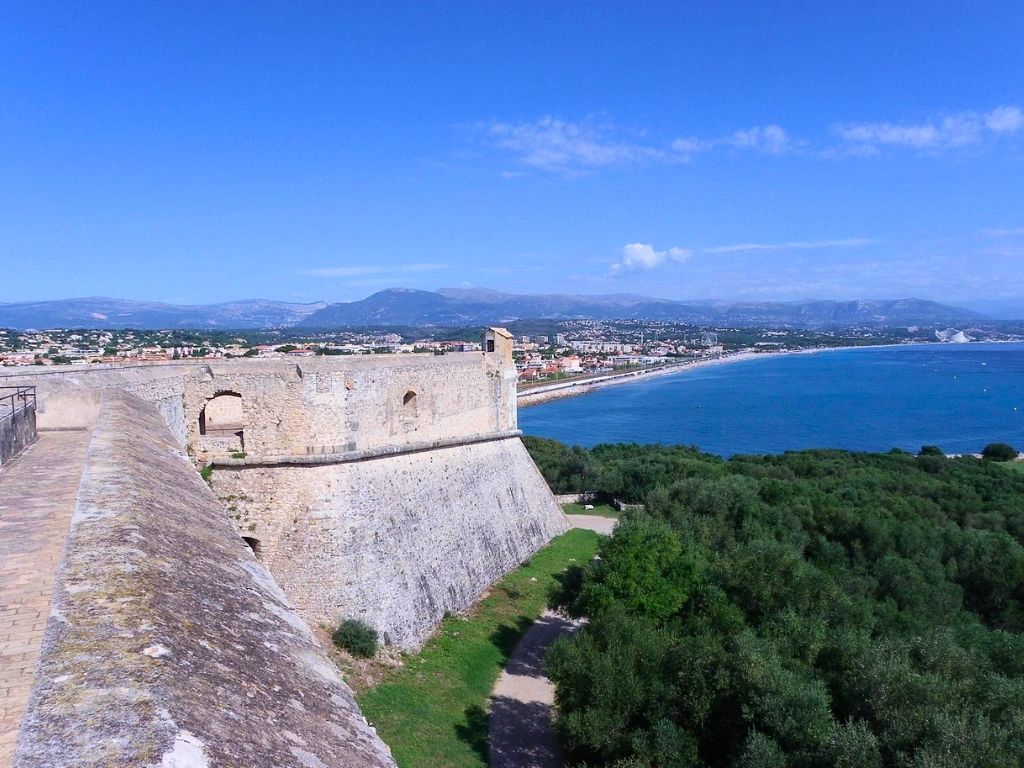
Nice itself has a long history that you can uncover. Originally founded by ancient Greek colonists, the city was later controlled by the Italian kingdoms of Genoa and Savoy, only becoming French in 1860, so the architecture and feel of Nice has a distinctly Italian character.
Wander through the old town and make a few purchases at the markets that have stood here for centuries. Head up to the park on Castle Hill to see where those ancient Greeks founded their settlement or visit the Archeological Crypt to see hidden parts of medieval Nice. It’s easy to fill a day trip or longer trip here.
Historical Sites in Provence
If you want to really get into the history of this region, you need to widen your travel options to see more of Provence.
Marseille
Start in Marseille, the oldest city in France which was founded around 600 BC by more of those ancient Greeks. Always strategically and militarily important as a major port, its trade opportunities made Marseille rich and prosperous. Around the city you can see the Vieux-Port (old port) which has been the harbor for centuries, multiple beautiful churches and the abbey of Saint-Victor which is one of the oldest Christian worship sites in Europe. The Marseille history museum is a personal favorite, telling the story of this ancient city alongside some wonderful archeological finds.
Ancient History
For more ancient history, there are plenty of impressive ancient Roman ruins to see around Provence. The Pont du Gard is a lasting testament to the architectural brilliance of the Romans, being a huge aqueduct bridge made up of three tiers of arches. Built in the first century AD, the fact this bridge still stands tall today is awesome – when you stand at the bottom and look up at the structure you can’t help but be impressed.
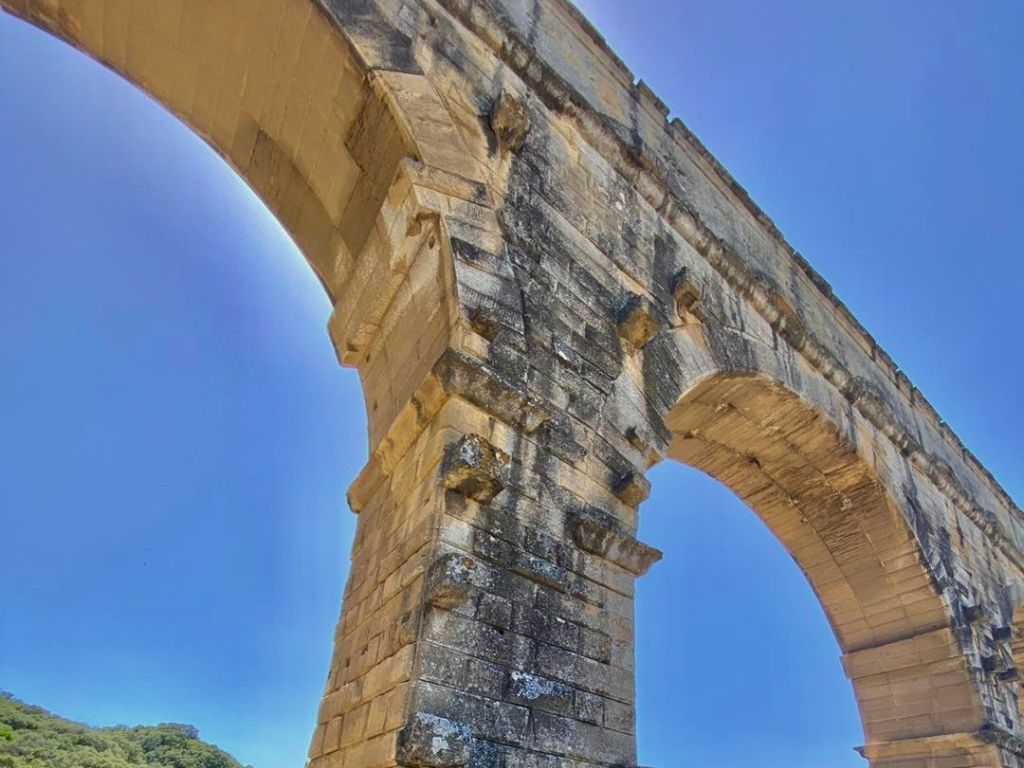
There are plenty more ancient Roman ruins around, including an arena, temples and fortifications in Nîmes, an amphitheater, bath complex and theater in Arles, so you will have plenty of chances to see these pieces of history in Provence.
Aix Cathedral
You’ll find one of the best demonstrations of the long history of Provence at the cathedral of Aix, a must-visit for us. The cathedral incorporates multiple design styles reflecting how long it has stood here, but the history goes back even further. When the original church was built in the 6th century, it was right on top of the ancient Roman forum of Aix, connecting its history to something much older.
Discover Some Incredible Art
Of course, there is a lot more than history to learn about in Provence and the French Riviera. Towards the end of the 1800’s, this area became extremely popular with European royalty. Kings and queens all regularly visited on the new railways to relax and enjoy the luxuries on offer in the south of France.
After World War I it became a popular destination for Americans, who brought a different type of glamour with them. Artists, playwrights, novelists and fashion designers all converged on the beaches and nightclubs of the French Riviera, as well as the inspiring countryside of Provence. The legacy of these artists is fun to explore, and is always a highlight of our Provence trips.
Artists and Art in Provence
First up is one of the best known artists ever; Van Gogh. While he was from a small town in the Netherlands, he spent a lot of his (sadly) short life in France, including around 18 months in the city of Arles in Provence.
Van Gogh came here to escape the stress of life in Paris and was enchanted by the landscape. In his short time in Arles he created over 300 pieces of art, including some of his most colorful and vibrant paintings. His bright depictions of sunflowers in a vase are now replicated all over the world, so it is unbelievable to think that it was only after his death in 1890 that his talent was widely recognized.
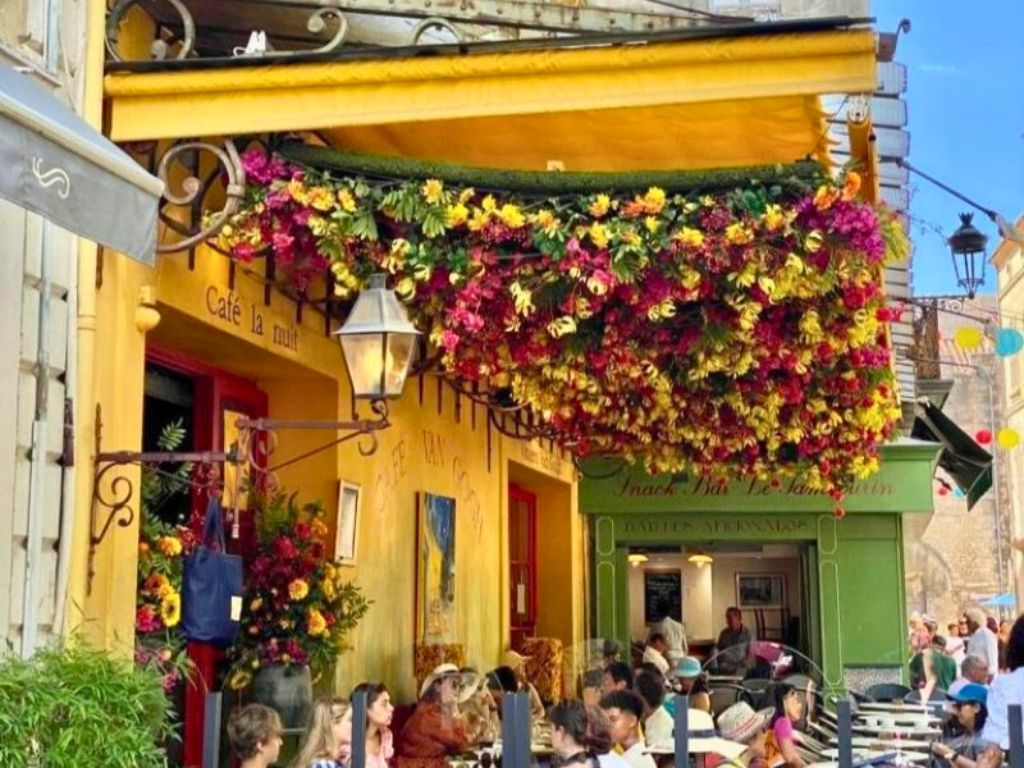
We love the Fondation Vincent Van Gogh in Arles, a contemporary space that tells the story of the artists’s time here through a number of different artworks. They also sometimes have original Van Gogh paintings on display.
To see more of the inspiring scenery in Provence combined with unique art, you’ll want to make time for the Château La Coste. This is a vineyard which also is the home of a contemporary art and sculpture gallery. It sounds a little odd, but trust us, this is a truly special excursion to take – art and wine and the landscape are all presented together in a wonderful way.
Glitz and Glam on the French Riviera
The French Riviera has played host to many artists. The panoramic views, fun society and relaxed way of life appealed to the new wave of artists experimenting with light and color at the end of the 19th century. Renoir, Picasso, Monet, Chagall and Matisse all lived here, as well as later writers like Edith Wharton and F. Scott Fitzgerald – he wrote a lot of The Great Gatsby here.
Today this artistic legacy is celebrated with a number of excellent galleries and collections. In Antibes a château where Picasso lived for a time was turned into a Picasso museum, which he donated multiple pieces of work to during his lifetime. In Nice you will find one of the largest collections of work by Chagall, which was founded while he was still alive but has been hugely expanded in recent years. Also in Nice is the Matisse museum, which houses not just his artworks but also personal items and prints, books, tapestries, ceramics and other items that belonged to Matisse.
If you’re thinking of visiting during May, you won’t be able to escape the impact of the famous Cannes film festival. Starting in the 1940’s, the festival attracts huge names in the film world and the south of France is always packed for the duration of the event. The majority of the festival is invite-only but you’re guaranteed some excellent people-watching opportunities.
Experience the Local Cuisine
It wouldn’t be a French adventure without involving food and drink, but in both Provence and the French Riviera you will be able to taste some of the best French cuisine available.
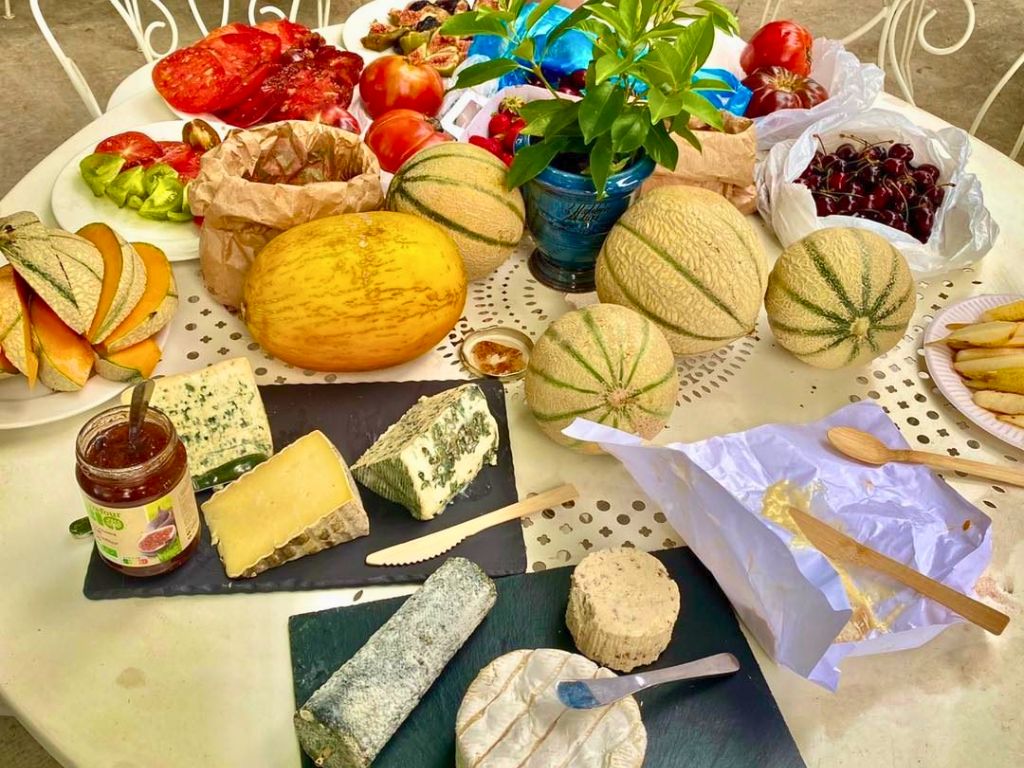
Provence produces excellent olives and olive oil, as well as top quality fruit and vegetables. Traditional meats are lamb and goat, but given the long coastline, fish appears most often in the classic dishes from the region. There is always seasonal produce to discover in the local markets, and one of the best ways to get to know more about the regional cuisine is to take a cooking class, which is always a highlight of our Provence experiences.
No matter where you’re deciding to visit in Provence vs French Riviera, you will find fougasse. This bread is similar to an Italian foccacia and the essential accompaniment to pretty much every meal here.
Provence Specialities
First off we have to talk about the wines from Provence. Most famous for rosé wine, these are drier than most people expect from a pink wine, with an acidity and herbal notes that make them an excellent all-rounder. Provencal cuisine uses plenty of garlic and these rosé wines pair very well.
However it is not all about the rosé. We love the lesser-known red Provence wines, which tend to be aromatic and full-bodied. On the edge of the Provence region there are many wines made around the river Rhône, including Châteauneuf-du-Pape, so there is a lot of variation and delicious glasses to taste.
Outside of all the wine tasting, the one meal we always make time for in Provence is bouillabaisse. This fish stew is a speciality from Marseille (although there are lots of variants out there) where the fish and richly-flavored broth are served separately so that you can tailor your dish to your preferences.
French Riviera Specialities
On the French Riviera specifically there are a couple of dishes you have to eat at least once during your trip. First up is ratatouille, which originally came from Nice. You may think that stewed vegetables aren’t that exciting, but the local version with the seasonal vegetables and herbs is on another level.
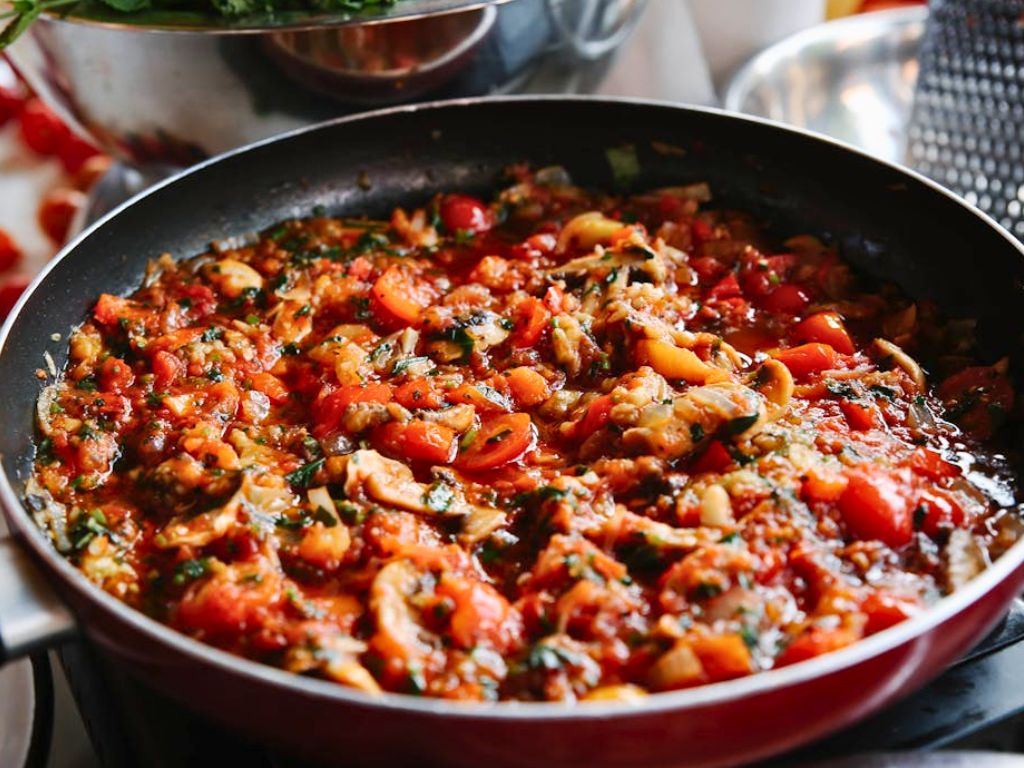
The other must-try dish is nowhere near as well known as ratatouille, but no less delicious. Pissaladière is another speciality of Nice, made from bread dough topped with caramelized onions, black olives and anchovies. The name comes from the anchovy paste often used on top, pissalat. The flavors sound like a powerful combination but once baked, the elements meld together into a tasty fusion of salty, oily goodness.
Exploring the Landscape
Finally, we cannot talk about a trip to Provence and the French Riviera without talking about the stunning landscapes. Made famous by all those artists and writers, the scenery has captivated visitors for centuries and is a big part of the reason we find ourselves returning there frequently.
Discover the Outdoors in Provence
In Provence the most iconic outdoor sight is that of the lavender fields in full bloom. There are a few different areas of Provence where you can see the lavender fields, which bloom at slightly different times. Generally late June/early July is the optimal time to visit to see the vivid purple fields before the farmers harvest the flowers for use in perfumes, cosmetics, food and more.
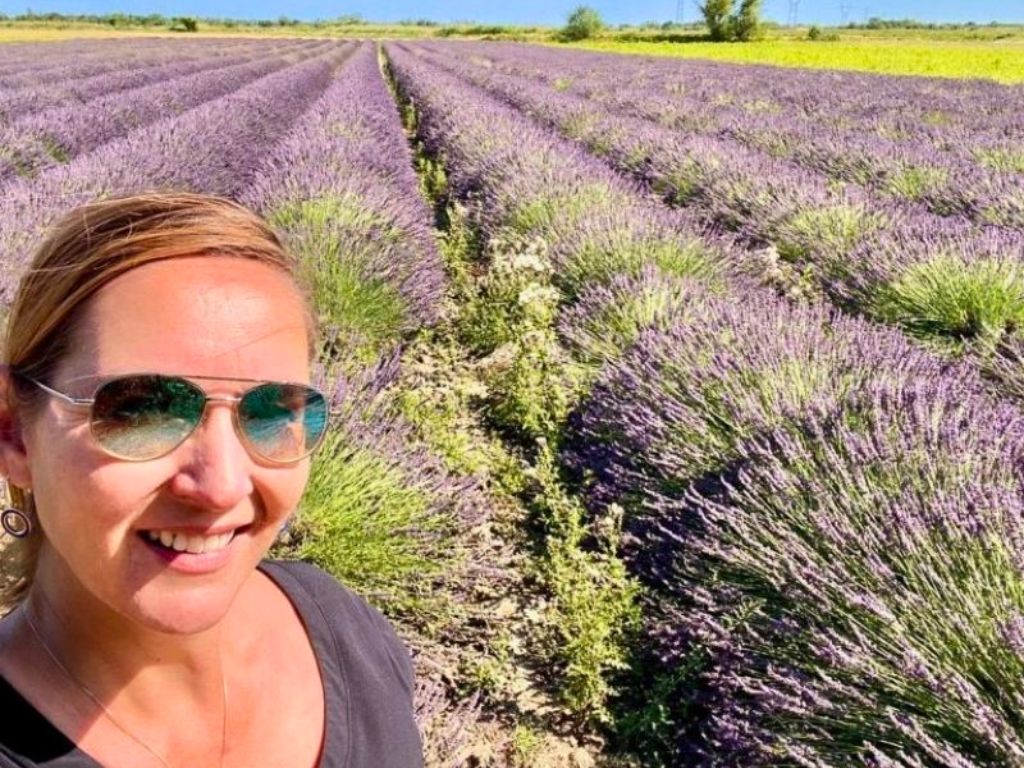
Our favorite place to see the lavender fields is in the countryside around Sault. The hilltop villages are surrounded by fields of lavender and this part of Provence is a little quieter than other places where lavender is grown. If you can time your visit right, the scenery is magical.
Even if you can’t be in Provence during lavender season, the towns and villages of the Luberon Valley in particular are delightful places to visit. We particularly like the villages of Gordes, Roussillon and Bonnieux with beautiful views, great shopping and charming places to eat and drink.
Of course, there are a lot more outdoor locations to discover in Provence. The Verdon Gorge is part of a national regional park, where the river running through the gorge is a beautiful turquoise-green color. On both sides of the gorge there are multiple hiking routes and you can also canoe or raft down the river, or even go rock climbing. The entirely different national park of Camargue is also a great spot, where you can admire the salt marshes that are home to native horses and bulls as well as pink flamingos.
Get Out On the Water of the French Riviera
Outdoor activities on the French Riviera are unsurprisingly focused on the crystal clear water and beaches of the coast. While exploring an old town or a whole village filled with pastel buildings in Provence makes for a great day out, for us, being able to get out on the water or relax at one of the many beach clubs is the perfect vacation activity.
Some of the beach options on the French Riviera are super exclusive, popular with the rich and famous. Saint Jean Cap Ferrat and Saint Tropez are both higher end resorts but you don’t have to spend a lot to enjoy the water. There are many reasonably priced beach clubs you can visit – we particularly like the options in and around the small town of Villefranche sur Mer.
While at these wonderful beaches, you can simply relax in the sun or try out various water sports. There are also plenty of different boat trips available to allow you to see more of the coast.
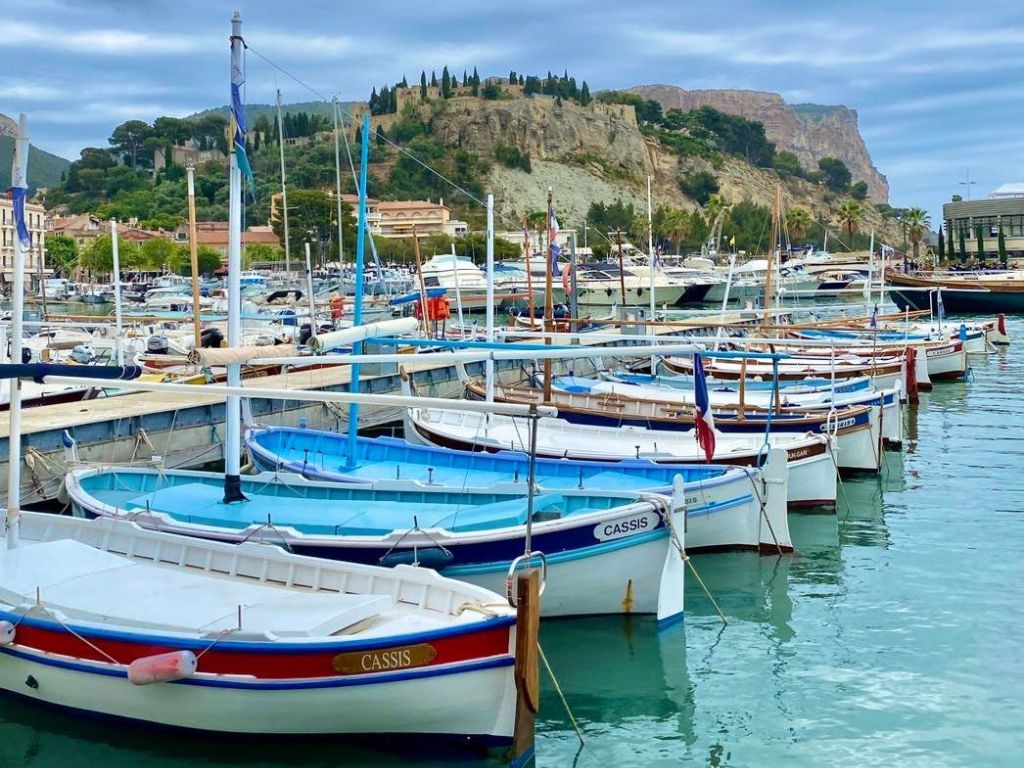
Deciding on Provence vs French Riviera
If you can’t decide between these two parts of France, let us make it easy for you. Join us on our next Provence adventure as we explore all that this fantastic region has to offer, from art to food, history to architecture and more. Once we’ve shown you the best of Provence, we are certain you’ll want to come back again and again. Click here to find out what’s on the upcoming itinerary and don’t hesitate to get in touch if you’d like more details.



